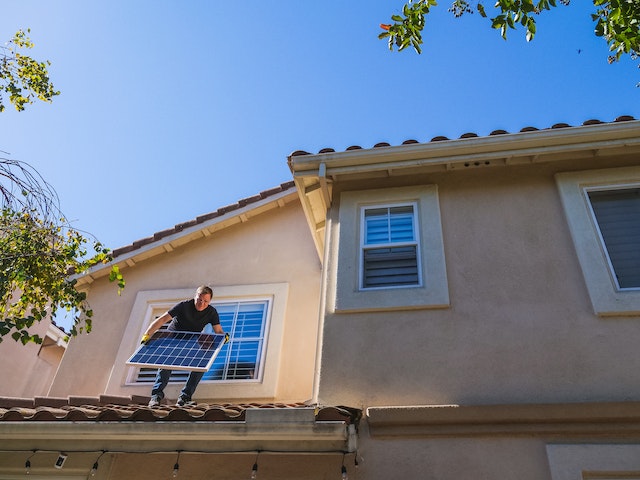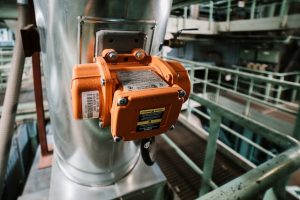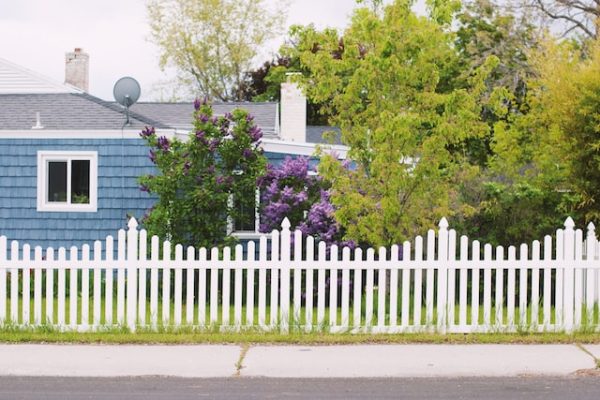There are several ways to reduce the cost of installing solar panels. You can take advantage of Rebates and Tax breaks. There are also DIY installation options that you can do yourself. In addition to these tips, you should also consider the design of your roof. This will help you save money and ensure you get the best return on your investment.
Tax Breaks
Several tax breaks are available for homeowners installing solar panels on their roofs. These incentives can save you as much as 30 percent on installing a solar panel system. However, there are some limitations. The credit is only suitable for the first 10 years of a system; after that, it will expire. To qualify for a tax credit, you must install a solar panel system that costs more than $20,000. You can receive a federal tax credit of $6,000 for each solar panel system you install. Many states offer state tax incentives as well. State tax credits work similarly to federal tax credits but do not reduce the federal credit.
Rebates
When considering installing solar panels on your home, you must know about the various rebates available in your state. To be eligible for these rebates, you must prove your income and provide a copy of your rates notice. Once you have your eligibility number, you can contact a solar installation company to get the rebate process started. The solar provider will file the rebate on your behalf, deducting it from the system’s total cost. You will only pay the remaining amount after the system has been installed.
The amount of available tax rebates depends on your state’s policy, but in some cases, homeowners can qualify to receive as much as 30% of the total cost of their system. If you don’t want to claim the total rebate, you can roll it over to the next tax year. In addition, some states have up-front cash rebates for installing solar panels, which can reduce the cost by as much as 10-20%.
DIY Installation
A DIY solar panel installation is a great way to save money and energy costs and reduce carbon emissions. However, if you are not a skilled do-it-yourselfer, it may be best to hire a solar contractor. Many highly-rated solar companies can do the job for you.
A DIY solar panel installation can save you about 10% or more than hiring a professional. While this is not ideal if you need your solar panel system to power your entire house, it is an excellent option for smaller homes and sheds. But if you have a big roof and are planning to ditch the grid altogether, it is recommended that you hire someone to install it. Though a professional installation will cost you more, it will also ensure proper installation and full tax benefits. Besides saving money, a DIY solar installation comes with its risks. First of all, you need to buy materials and equipment. Unfortunately, DIY solar panels don’t benefit from economies of scale, so you could quickly burn through your savings.
Roof Design
The roof design is a critical component of solar panel installation. It should be oriented to maximize solar energy production and minimize installation costs. For example, a flat commercial roof can benefit from a ballasted mount to direct sunlight at a specific angle. In other cases, a tracking system can be installed to keep panels pointing toward the sun and minimize installation costs. While this method is more expensive, it works well for roofs 12 feet or less off the ground. When selecting solar panel materials and a mounting system, it is crucial to consider the weight. Typically, solar systems weigh between 2 and 6 pounds per square foot, depending on how they are ballasted. In addition, white roofs can reflect additional sunlight, increasing solar panel efficiency.
Style Choices
Homeowners can make several style choices to help minimize the cost of installing solar panels. Certain styles are more expensive than others, so consider this when selecting. Black-on-black panels, for instance, are not the most affordable option. However, homeowners with ample roof space can design systems that are barely noticeable from the street.







